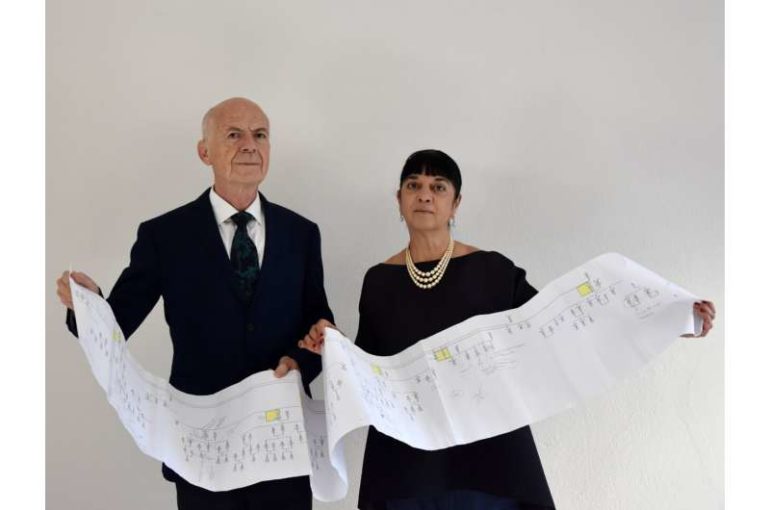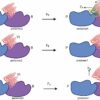The surprising results of a decade-long investigation by Alessandro Vezzosi and Agnese Sabato provide a strong basis for advancing a project researching Leonardo da Vinci’s DNA.
Their extensive study, published by the journal Human Evolution (Pontecorboli Editore, Florence), documents with new certainty the continuous male line, from father to son, of the Da Vinci family (later Vinci), from progenitor Michele (born 1331) to grandson Leonardo (6th generation, born 1452) through to today—21 generations in all, including five family branches—and identifies 14 living descendants.
The work fills gaps and corrects errors in previous genealogical research into Leonardo’s family, while offering new discoveries and family tree updates.
This text deepens and enormously expands the discovery announced in Vinci, Italy, in 2016 by the same Vezzosi and Sabato of numerous living but indirect descendants including only two males in direct line, up to the 19th generation, from a single branch of the Vinci family.
It also provides for the first time the documentary data and information sources over seven centuries to the present day registry office, with work on additional family branches ongoing.
Leonardo himself had at least 22 half-brothers but no children; a new unpublished document shows that Paolo di Leonardo da Vinci da Firenze was a case of homonymy. The five family branches are traced from Leonardo’s father, ser Piero (5th generation), and half-brother Domenico (6th). Since the 15th generation, data have been collected on over 225 individuals. The study, with the collaboration of the living descendants, contributes to the work of the Leonardo Da Vinci Heritage Association.
This extraordinary, authoritative 690-year genealogical investigation is fundamental to affiliated scientific work Vezzosi and Sabato have underway with the international Leonardo da Vinci DNA project, supported by The Richard Lounsbery Foundation. The project involves the J. Craig Venter Institute of La Jolla, California and several other high-profile universities and research centers, including the Department of Biology of the University of Florence, directed by David Caramelli.
The Y chromosome, passed on to male descendants, is known to remain almost unchanged through 25 generations. Comparing the Y chromosome of today’s male relatives with that of their ancestors in ancient and modern burial sites would both verify the uninterrupted family line and certify Leonardo’s own Y chromosome marker.
Questions potentially probed once Leonardo’s DNA is confirmed include reasons behind his genius, information on his parents’ geographical origins, his physical prowess, premature aging, left-handedness, diet, health and any hereditary diseases, and his extraordinary vision, synaesthesia and other sensory perceptions.
Comparison of biological data could also potentially help verify the authenticity of artwork and materials handled by Leonardo, thereby pioneering links between biology and art with broad implications for the world’s art market in terms of artistic attribution and materials.
Experts comb through DNA from possible Da Vinci hair
More information:
Human Evolution, DOI: 10.14673/HE2021121077
Provided by
Leonardo Da Vinci DNA Project
Citation:
Leonardo Da Vinci: New family tree spans 21 generations, 690 years, finds 14 living male descendants (2021, July 6)
retrieved 6 July 2021
from https://phys.org/news/2021-07-leonardo-da-vinci-family-tree.html
This document is subject to copyright. Apart from any fair dealing for the purpose of private study or research, no
part may be reproduced without the written permission. The content is provided for information purposes only.



